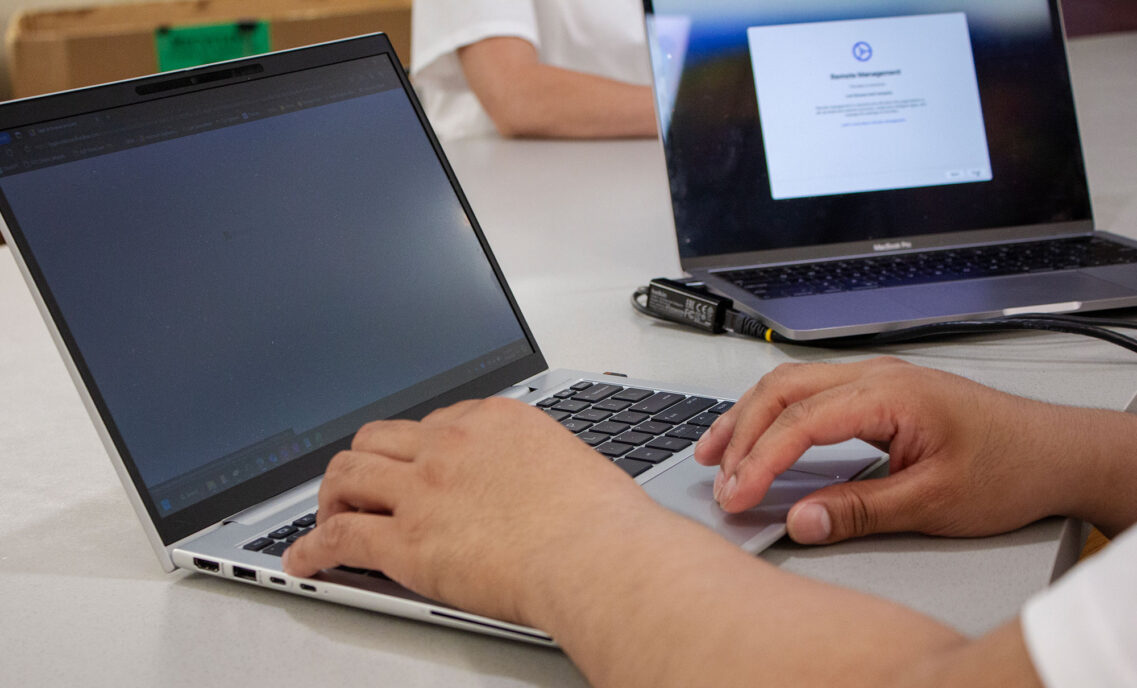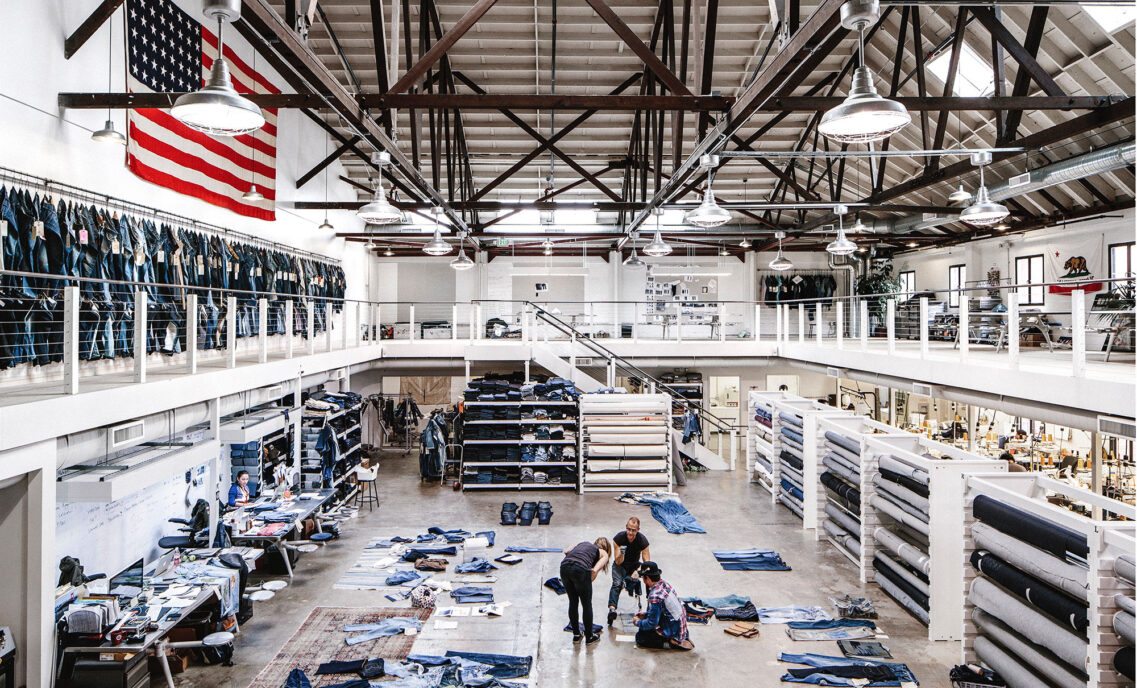Levi Strauss & Co. is no stranger to innovation. Since the inception of the blue jean, we’ve been hard at work revolutionizing our practices. We’re committed to exploring innovative techniques that are sustainable, good for the environment and, above all, result in well-made products. That’s why we’re especially excited about the new Dockers® Wellthread process, which aims to benefit all elements involved in the apparel-making process, from the consumers who wear Dockers® to the workers who make them to the environment we live in.
The Wellthread process combines environmental conservation with sustainable design and a strong focus on worker wellbeing. The result? Better-designed clothes made more mindfully than ever. We spoke with Paul Dillinger to get a closer look at the Wellthread process and how it’s revolutionizing the way the Dockers® team makes apparel.
As Senior Director of Design for the Dockers® brand, Paul Dillinger knows first-hand how greatly process informs product. The holistic approach of the Dockers® Wellthread initiative was conceived at the Aspen Institute’s First Movers Fellowship, founded by Dillinger, and then turned into product at LS&Co.’s innovation lab.
“By having this little lab to test and substantiate ideas at small-risk scale, we’re then able to deploy these new best practices at large scale,” Dillinger said.
So what makes Wellthread so unique? First, the team looked into making durability an integral part of the new process. Buttonholes, pockets and points of strain were reinforced and a groundbreaking new long-staple yarn has been implemented that allows fabric to hold up — and stay strong — during the recycling process.
Next, the Wellthread team made small modifications to each style to make it easier to hang dry the products, cutting out a big chunk of the consumer-use carbon impact that comes from machine drying.
Beyond that, after assessing the resources used to make clothes and applying constraints to the process, the team found ways to cut down on water and energy use significantly. And that’s not just a boon for the environment; it also reduces the cost of the clothing for consumers.
What’s particularly impressive is that the constraints didn’t limit the designers’ creativity, but, rather, boosted it.
“The design mind is still delighted by these creative challenges that are put to it,” Dillinger said. “And what we found with Wellthread is that if we put these guardrails on the activity, it actually has tremendous unlock in terms of business potential.”
And because every product comes to its useful end, the Wellthread team made fabric and trim choices that eliminate mixed fiber types, anticipating a “closed loop” recycling process.
Lastly, a new pilot program raises the bar for worker wellbeing on Wellthread manufacturing. The program uses first-hand feedback from Wellthread workers to improve their lives by implementing initiatives that help meet regional needs.
“We are at this amazing point in time where we are changing what it means to be engaged with Levi Strauss & Co. Not only are we trying to strengthen compliance with labor standards and best practices within the factory, but also improve the lives of the workers outside of the factory,” Dillinger said.
The Wellthread process will launch officially this spring and it ought to serve as excellent fodder for expanding LS&Co.’s sustainability efforts. We’re currently examining the many ways all of our brands can benefit from the sustainable practices found in Wellthread — and how the practice can be applied to the apparel industry more broadly.






